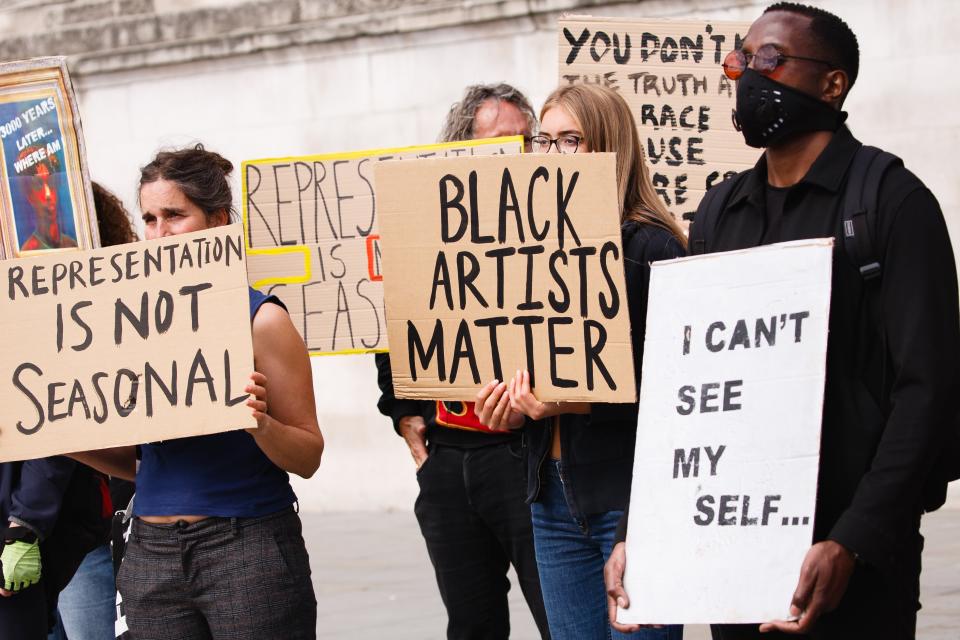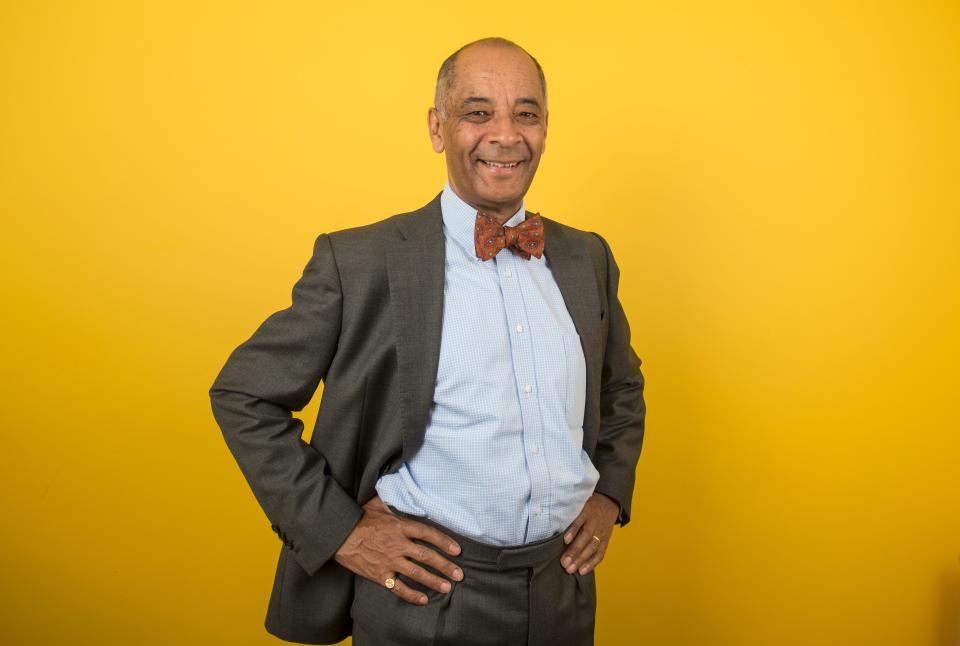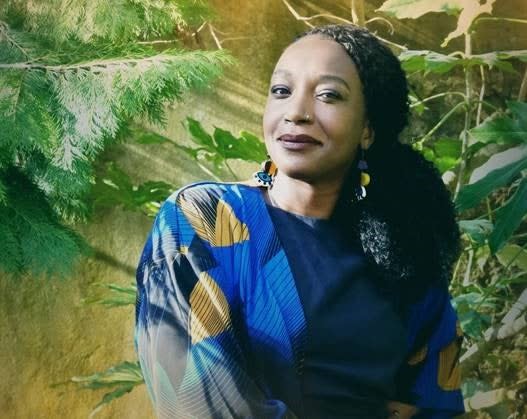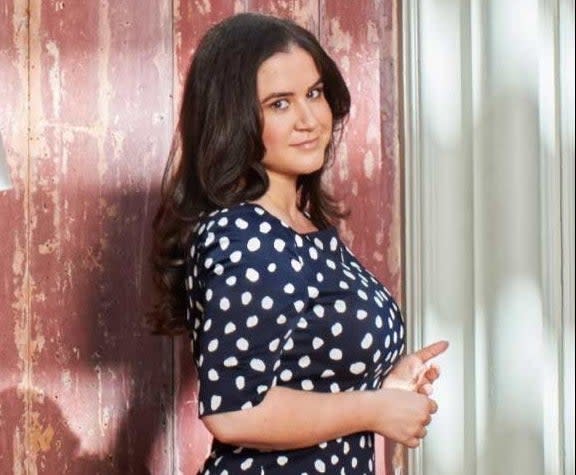Curtain up on London: how the city’s arts sector can recover and thrive

London protests
(NurPhoto via Getty Images)It’s probably for the best that Line of Duty has just ended in a disappointing departmental restructure. Because after more than a year of relying on the telly to keep us going, even the country’s most popular drama might struggle to retain its viewing figures after indoor entertainment venues open on May 17. The hunger to see things - whether it be a film, a painting, a play or a gig - in person, and as part of a collective experience, is palpable.
Which is encouraging, because it has been a hellish year for the arts. Many organisations emerge in a parlous financial state, and without state-backed insurance, for some the risks of restarting business are still too great. The plight too of freelancers - a workforce disproportionately relied upon in the arts, yet woefully under-supported - has been starkly highlighted.
London is a world-leader across the creative sector. There is huge hope as we come out of this lockdown, but there is also much to be done. This month’s Evening Standard recovery board, of leaders in arts and culture, business and transport, focused on how the arts can recover and build back better, while encouraging Londoners back into the city.
Innovation
Out of disaster has come creativity, especially in the way that the industry uses technology. The moment is ripe to develop this further and London has the capability to be at the forefront, says Sir Kenneth Olisa OBE, founder and chairman of Restoration Partners, “but there is an air gap between that capability and what I’ll call the establishment. We’ve got this huge pool of talent and energy, and we’ve also got an enormous pool of technological capability. And when those two things come together magic happens.”

The embrace of innovation will also attract funding, says philanthropist Sir Lloyd Dorfman. “Everyone in the philanthropic world has been inundated with approaches. You get drawn to the more innovative ones and those which through technology will amplify the access and the enjoyment of people have appeal.”
Collaboration
During the pandemic, separate sectors of the industry have discovered how much they have in common, says Axel Rüger, chief executive of the Royal Academy of Arts, “in terms of whom we want to reach, how we want to do it, our problems, our frustrations.” He wants to see a much greater connection and collaboration across art forms.
Sir Peter Bazalgette, non-executive chairman of ITV and chairman of LoveCrafts, suggests reaching out to other affected industries, with a register of London restaurants willing to host out-of-work performers to entertain their diners. ‘Freelance Fandango’, anyone?
Speaking of freelancers...
“We cannot talk about recovery without talking about freelancers,” says Chinonyerem Odimba, artistic director and chief executive at tiata fahodzi. The theatre sector alone is over 70 percent freelance, many of whom have fallen through the gaps of available funding. More research needs to be done into their needs, and on how the culture sector shores up those shaky foundations.

Networks will be important, says Alex Beard, chief executive of the Royal Opera House. “We may be the largest employers of artists in the country, but there are three times as many freelancers who work with us every year and that network has been under massive stress.” Support networks that last beyond the crisis, such as Freelancers Make Theatre Work, Opera UK’s network of practitioners, or the ROH’s Engender network of female creators in opera, will be key.
Young people
Public institutions must engage with young audiences in a way that fosters creativity. Gus Casely-Hayford, director of V&A East, wants his museum “to be a crucible of dream realisation” - and thinks that young people will demand it. Black Lives Matter and climate change protests indicate “a moment of demand that cultural institutions change and actually address the needs, hopes, and aspirations of the young in ways that we haven’t in the past” he says. That generation wants innovation, dynamism, interactivity and customisation. “They want us to listen.”
And not just listen, but help. “There is 40 percent unemployment currently amongst young black people,” says Odimba; “that’s not a figure you can walk away from.” Arts organisations must consider how to actively support young people to enter an industry that is already difficult to access, she says.
Tell the stories that need to be told
Pre-pandemic, significant advances were being made in diversifying the work that appeared in London’s galleries and on its stages - that momentum must not stall.
Says Odimba: “we have got to trust artists to tell the stories that need to be told and not the stories that we feel comfortable with [or] that may bring in the most money.” It’s also important to recognise the work that has already been done, investing not just in the next new thing but celebrating “those who have put in the hard work already. They may be the key to attracting a younger workforce and cultural ambassadors for this city and this country”.
Cultural spaces need to be more accessible

Institutions must become part of the shared cultural fabric - people need to feel comfortable walking through their doors, whether that’s with family festivals at the Royal Opera House or opening previously closed areas to public view as at V&A East, which is building a new collection centre to make its more than 260,000 objects openly accessible to the communities that own them, says Casely-Hayford. “These are public collections, which in the past haven’t felt like they are.”
They also need to provide better experiences
If a cautious public is going to return, then venues need to offer more. “It’s inherent on us to actually improve that experience,” says Rebecca Kane Burton, CEO of Lloyd Webber Theatres, which has poured £60m into the Theatre Royal Drury Lane to create “an all-day destination venue”.
“I’m not interested in queuing,” she says. “I want to get people in and start enjoying the experience. [I’m interested in] how that whole experience can be improved.”
Londoners will save the arts
The catastrophic drop in international tourism will have a massive impact - which means the sector needs to refocus on the local audience. Gabriele Finaldi, director of the National Gallery, admits that museums have in the past perhaps not paid “as much attention as we should to London audiences”. That needs to change. “We need to find things that will encourage people to fall in love with London again.”

Transport
The good news is that London’s transport network is safe, and cleaner than it’s ever been - a public expectation that must be upheld in arts institutions. Building confidence in public transport use is imperative for the in-person cultural sector, says Leon Daniels, former TfL managing director, because in the future the the proportion of people using it for leisure rather than work will be “much higher”.
Take it to the streets
Lockdown closures forced some venues to bring their work outdoors. Daniels sees this activity as an opportunity to engage new audiences; “people who don’t quite get round to visiting museums or the theatre or concerts”. Informal engagement in streets or in parks is more accessible to audiences who don’t feel comfortable with grand institutions or unfamiliar art forms, says Bazalgette - and right now it’s essential. “This summer is going to be the alfresco summer, whether we like it or not, come rain or shine,” he says.
Pain is inevitable; the Arts Council must step up for the next generation
A substantial number of arts organisations will go bust following the last 12 months - but there will also be an outpouring of creativity with new groups appearing. The Arts Council needs to be poised to help them as well as the existing organisations, “getting behind the new organisations, the future”, says Bazalgette.
Mission and money aren’t mutually exclusive

Gone are the days of sponsors just wanting their name and logo on a poster and the ability to entertain clients, says Charlotte Appleyard, director of development and business innovation at the RA. Philanthropists “want creative solutions, and my part of the industry shouldn’t be squeamish about being commercial”. She cites the example of the RA’s WeTransfer deal - “they are a content platform as well as a file sharing network. They were our media sponsor for the summer exhibition, and we took over their landing page for about two and a half months. For us the summer exhibition is the ultimate meritocratic exhibition, and so if anybody can enter why shouldn’t everybody see it?”
The arts are a great economic driver
The culture sector drives footfall for other businesses and can play a significant role in getting people back into the centre with “attractive and interesting programming,” says Finaldi, but also “ensuring that people feel safe, and providing a warm welcome.” Post-pandemic, free activities will be important, particularly for families who might balk at the expected cost of a day in town.
On a wider level, says Kevin Ellis, chairman and senior partner of PWC, the arts will be a formidable tool for attracting foreign direct investment. “The thing that brings you to a country to invest isn’t just the financial infrastructure and the like, it’s the arts, and it’s the magnet for talent,” he continues. “London has the most diverse and cosmopolitan talent in the world, that’s why it stands out as a global city.”
But the government must help
Culture needs its own footfall and the government must play its part in encouraging people back to their city offices, says Dorfman. Currently the city centre “is like the worst kind of Sunday afternoon in winter you’ve ever seen and that can’t go on,” agrees Ellis. “People won’t learn, they won’t pass on information, they won’t network. And the next phase is the mental health issues [which] are going to be a lot worse for everybody, particularly the young people that work for me if they haven’t got mates, and that means getting them back in.”
The arts are going to be crucial in that regard - since the post-war era, we’ve never needed them more as a way of processing our experience.
The Recovery Panel this month included Charlotte Appleyard, Director of Development and Business Innovation at the Royal Academy; Sir Peter Bazalgette, Non-Executive Chairman of ITV and Chairman of LoveCrafts; Alex Beard CBE, Chief Executive of the Royal Opera House; Gus Casely-Hayford OBE, Director of V&A East; Leon Daniels, transport advisor and former TfL Managing Director; Sir Lloyd Dorfman CBE, Philanthropist; Kevin Ellis, Chairman and Senior Partner of PWC; Gabriele Finaldi, Director of the National Gallery; Rebecca Kane Burton, CEO of Lloyd Webber Theatres; Chinonyerem Odimba, Artistic Director and Chief Executive at tiata fahodzi; Sir Kenneth Olisa OBE, Founder and Chairman of Restoration Partners; and Axel Rüger, Chief Executive at the Royal Academy of Arts. It was chaired by Ed Vaizey
Read More
Clubhouse: the invite-only app everyone’s talking about
Big screen dreams: filmmakers on the film they want to see go large

 Yahoo Finance
Yahoo Finance 